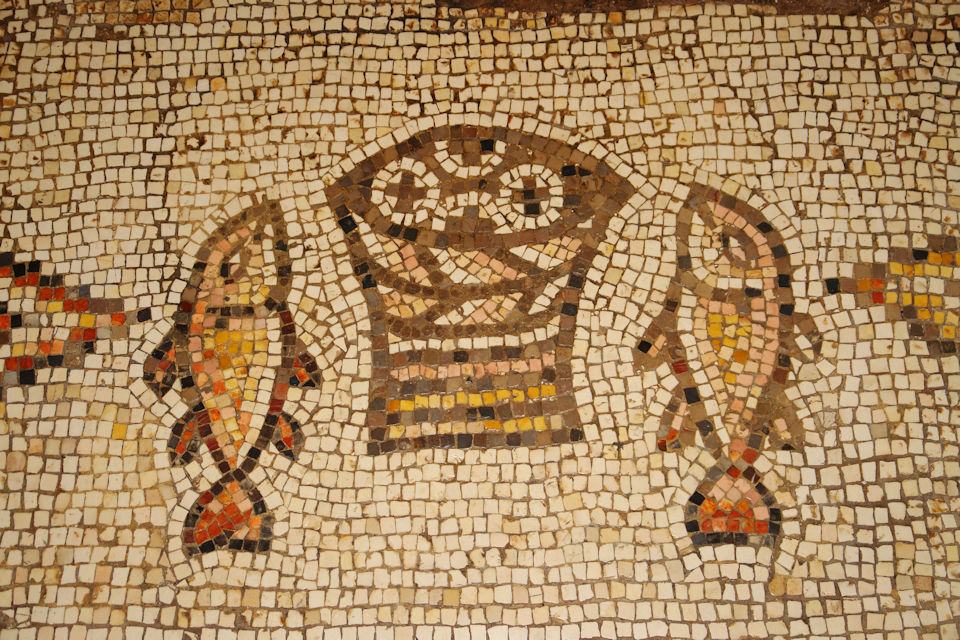People learn in different ways. Glenn Wagner, a visual learner, talks about seeing many powerful ways that faith comes alive as he visits United Methodist churches across Michigan.
REV. DR. GLENN M. WAGNER
Michigan Conference Communications
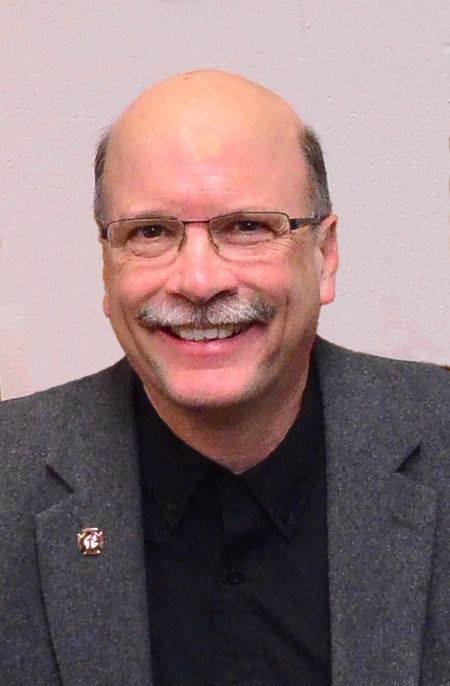
I have to see it to believe it. I am one of the 65% of the population that is a visual learner. [1]
I am also capable of learning in an auditory fashion by hearing ideas explained verbally. I can further relate to the kinesthetic persons in most groups whose primary learning style occurs via feelings and full engagement in activities. But I know this truth about myself that I major in using my eyes when experiencing life and learning new things. Those who know me best who want me to remember something will write me a note.
I am grateful to a ministry workshop leader who first introduced me to these concepts about the different ways that humans learn and made me aware of the importance of planning worship services to include elements in the experience that connect with the varied visual, auditory, and kinesthetic needs of our congregations.
You may find it helpful to know that God understands the multiple ways that human beings are capable of growing in faith including visual learning. With well over 1,500 biblical references to seeing in the Bible, I am aware of the visual orientation of the disciples, who responded to the news of Jesus’ resurrection in John 20:25 this way, “We have seen the Lord.”
In the dramatic remembrance of Jesus’ healing of a blind man the newly-sighted man is asked a question by Jesus, “Do you believe in the Son of man?”
The man answered Jesus, “And who is he, sir, that I may believe in him?” Jesus said to him, “You have seen him, and it is he who speaks to you.” He said, “Lord, I believe”; and he worshiped him. (John 9:35-38)
As a visual learner and a person who has purposely chosen to visit a different church on many Sundays since my retirement in 2016, I would like to share with you some of what I have noticed.
I first see a new church through the church website online from home. I notice first, “Is the website content up to date? Is the address, contact information, and worship time(s) easy to locate? Can I get to know about the ministry, the staff, and view a sample worship service from home?”
When I arrive at the church on Sunday morning, often for the first time, I notice church parking lots. I see if they are clean, paved, striped, with signage for direction, accessibility, and welcome for visitors. I have been impressed by the rare congregations that have attendants in the parking lot who welcome and offer assistance. I wonder, does anyone care about the litter outside on the grounds of God’s house? I do. I observe the greeters or absence of greeters at the entrance and their demeanor. Do they display any interest in me as a person? Are they smiling or distant? Can they see that I am new? Do they offer helpful directions to the sanctuary or simply hold the door? Do they introduce themselves and ask me my name or ask how I happen to be worshipping with them this morning? Do they make any effort to seek me out after the service to learn more about me before I depart? Do they ask me about my experience in church this morning?
I check out the interior décor of a church and assess what it tells me about what decade the last major renovation occurred? What interior spaces are a priority? Classrooms? (Would I want to spend time learning there?) Nursery? (Would I want to leave a beloved infant or toddler there?) Restrooms? (Clean, accessible, and well-equipped or “gotta go somewhere else!”)
I am interested to see the interior of the worship space of the churches that we visit. I want to know, what is the focal point of the sanctuary and what does it tell me about the primary convictions of this congregation? Does this space help communicate faith, tradition, and encourage worship, or is it a space that could just as easily be used for anything else? What kind of seating is provided for worship? I grew up with pews but, as I age, I am learning that padding in the seating is preferable and it helps me when I am rising to stand in worship to be able to help with the ascent by holding onto the pew or chair in front of me.
I see the people of the church. I can tell a lot about the quality of the community by the way people greet each other and interact. Are they mostly older or is there a good intergenerational mix? Is the congregation diverse in its make up or homogenous in race? Do people sit together or in separate pews and more toward the back of the church? Can I see an expectation for worship or a sense of “here we go again, ho-hum?” Is worship led by an intergenerational team or just by the pastor?
I notice things like cobwebs in the corners, burned out bulbs in the ceiling, and the quality of sanctuary lighting in general. I prefer the enhanced optimism and energy of a brightly lit sanctuary over what is often the practice of dimming the lights to spotlight the preacher when it is time for the sermon. Is the lighting energy-efficient LED or the incandescent bulbs of yesteryear? Are there windows that give a view to the outside world or tell the story of faith in stained glass or is space all closed in? Are the windows clean or still streaked from years of weather and dirt?
I value visual arts like banners, candles, and altar decorations that enhance the theme of the morning.
My eyes scan through the bulletins. I prefer bulletins that are bright, attractive, and edited for things like content, grammar, and spelling in a font that is big enough for my aging eyes. Are there easy visual links in the printed materials so I can connect with ministry opportunities if I choose?
I am comfortable with projection technology in the church as an assist for hymns, liturgy, and announcements. I have noticed that some churches pay attention to making sure that their font size and screen backgrounds are legible. I appreciate the extra effort given when enhanced visual images accompany hymn lyrics to further illustrate the power of the words. I notice when the video projection operator knows when to advance the song and liturgy slides on the screen in a timely manner.
As a visual learner, I value eye contact with the preacher. I actually prefer preachers who can share from their hearts, convictions, and experience, and without the need to divert their eyes to manuscripts or I-pads for reference. I really don’t want to see any worship leader reading from their cell-phone in the front of the church for worship.
I come to church to worship. I value leaders, space, and worship design created to help us enter into the presence of the majesty, mystery, and awesomeness of God.
As a person who values visuals in church I will also be forever indebted to author, Speed Leas, who discovered in his research that a helpful ingredient in a growing church is “an integrated, internal, visual symbol system.”
Leas observed that all churches either intentionally or unintentionally communicate important messages to visitors and members alike about who they are as a church. These messages influence the shaping of church culture. Dying congregations communicate messages such as, “Oh we’re too small to do something like that!” or “We’ve never done it that way before.” or “Back when Rev. Sainthood was our pastor, we used to pack this place out.”
Growing churches, by contrast, have learned to use the power of visual symbols in their church as even more important than stated goals or extensive mission statements to create a shared climate for growth and for ministry. They teach members and show visitors important visual symbols in their church building and say, “this is who we are and hope to become.”
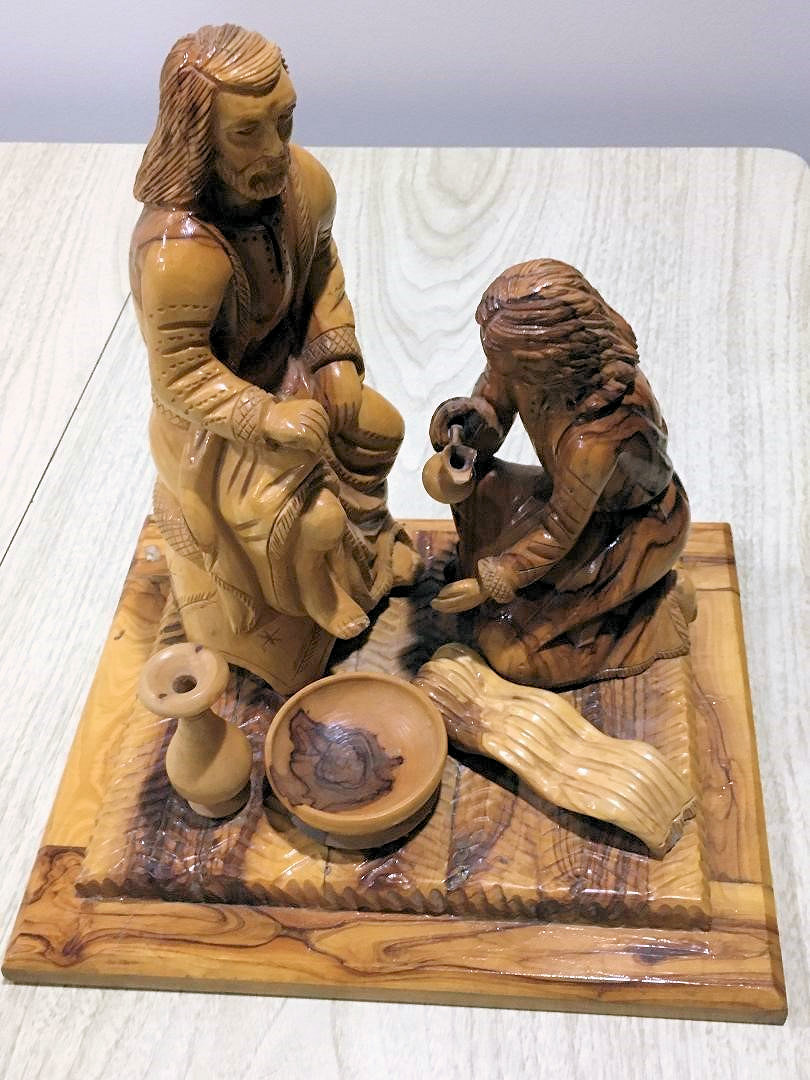
For example, here is a visual symbol of a hand-carved remembrance of Jesus washing Peter’s feet and an important Biblical lesson about servanthood in John 13:1-17. This wood carving sat on the table in the entryway to a church and the pastor and church leaders would often point to it and share with new members and visitors, “This is who we are. We are servants too.” Not surprisingly, the visual image helped to inspire a culture of gracious servanthood in the church and community.
Below is another visual symbol created by a local artist that she called, “The people puzzle.” The artist explained that “Each piece is a different shape and color but all from the local clay. They were pieced together and the puzzle isn’t whole unless everybody is in it.” This symbol hung on the wall at the back of a church and the pastor and church leaders cultivate a positive culture of acceptance and affirmation for the church by referring regularly to this visual symbol with the words of affirmation, “This is who we are. Everybody is important here.”
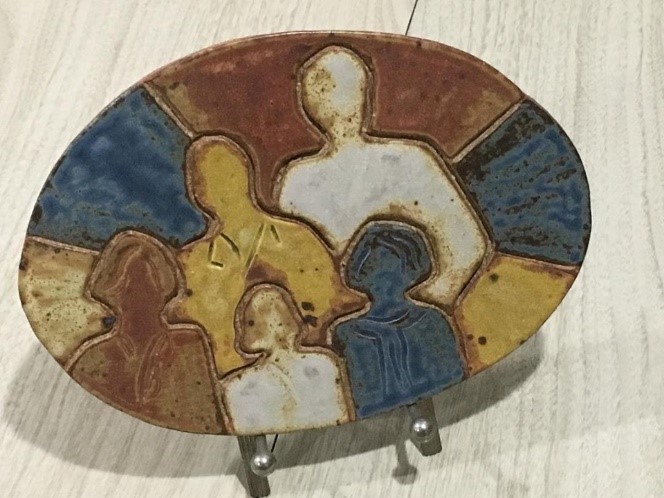
A famous mosaic from Tabgha along the shore of the Sea of Galilee (see image at top of page) remembers the miracle of the feeding of the 5,000 when Jesus took the offering of fish and loaves from a young boy and fed a multitude is yet another important visual that has reminded countless pilgrims of the importance of offering what we have in faithful response to the great challenges and invitations of faith. We can see this symbol and find the courage to act in remembering, “This is who we are.”
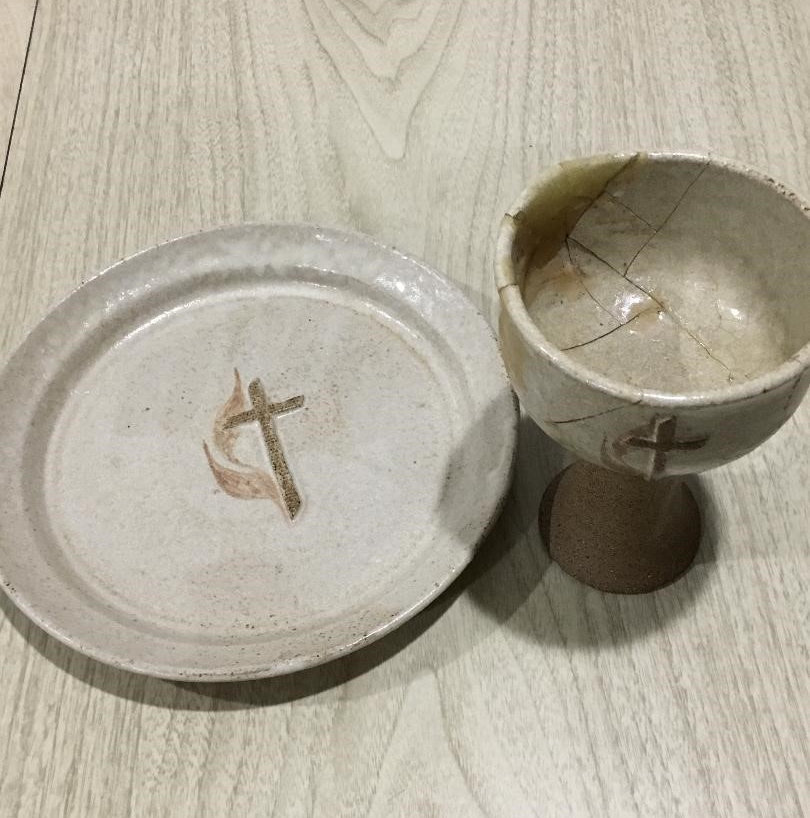
Another visual symbol of importance to me is this hand-made ceramic communion chalice and paten that were a gift to me at ordination as an elder by my ordaining annual conference. One day after communion shared with a Bible study group I accidentally knocked the chalice on the floor and it shattered. I was sick about my clumsiness. Unbeknownst to me, a member of our class patiently picked up and saved every piece after helping me to clean up the mess. He took the broken pieces home and glued the chalice back together again and presented the restored chalice with visible scars to me in a re-gifting later. I cherish this chalice even more now and often refer to it as a visual symbol of the nature of Christ’s love which has been broken for us that we may be whole. When leading communion I will often refer to this visual symbol as well as Christ’s brokenness as an act of sacrificial love for us and remark.“We too are invited to partake of this love and to share it with others.”
Visual symbols are helpful reminders for learners like me who have to see it first in order to believe it.
Even more important than visual symbols in my faith formation are people who have shown me the love of Jesus. I have been privileged in my life to hear great preachers like Billy Graham, Tony Campolo, Ernest Campbell, and Luis Palau, but honestly, I have been blessed in my faith development more by seeing the sacrifice that family and friends made for me when I was sick and injured. Witnessing the gracious hospitality of volunteers at a soup kitchen for the poor, seeing the impact of positive mentoring on a troubled at-risk fourth grader, and observing what a personal visit to a lonely prisoner means have all been more impactful life lessons for me than any words no matter how eloquent.
I am grateful for eyes to see and for many people, like Clara Scott, who help me to grow in faith and community by their care for the visual presentation of the gospel. Clara was inspired by Psalm 119 verse 18 and composed these words that remind us of the sensory and visual ways that we too can grow in our faith.
God, “Open my eyes, that I may see glimpses of truth you have for me: place in my hands the wonderful key that shall unlock and set me free. Silently now, on bended knee, ready I wait your will to see: open my eyes, illumine me, Spirit divine!”[2] Amen
[1] Here is a link to a helpful article about the different ways that people learn.
[2] Scott, Clara “Open My Eyes That I May See” United Methodist Hymnal #454 v.1
Last Updated on October 30, 2023

